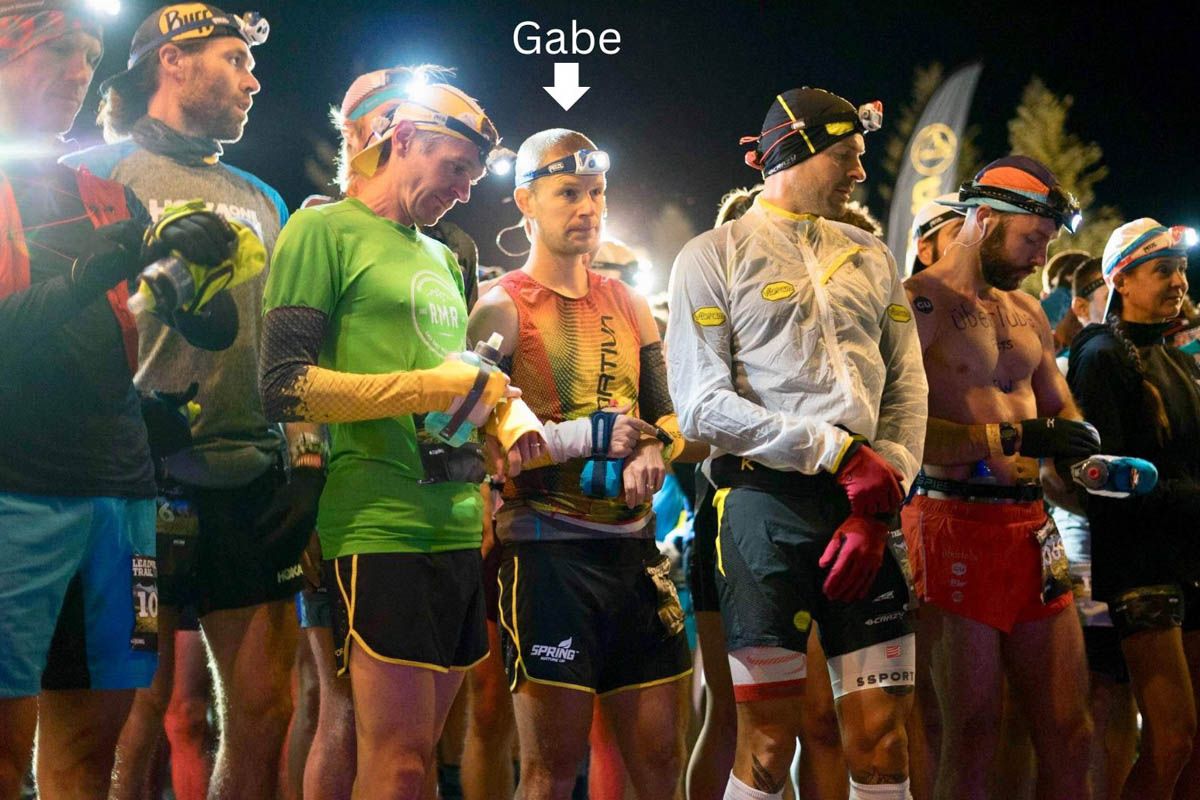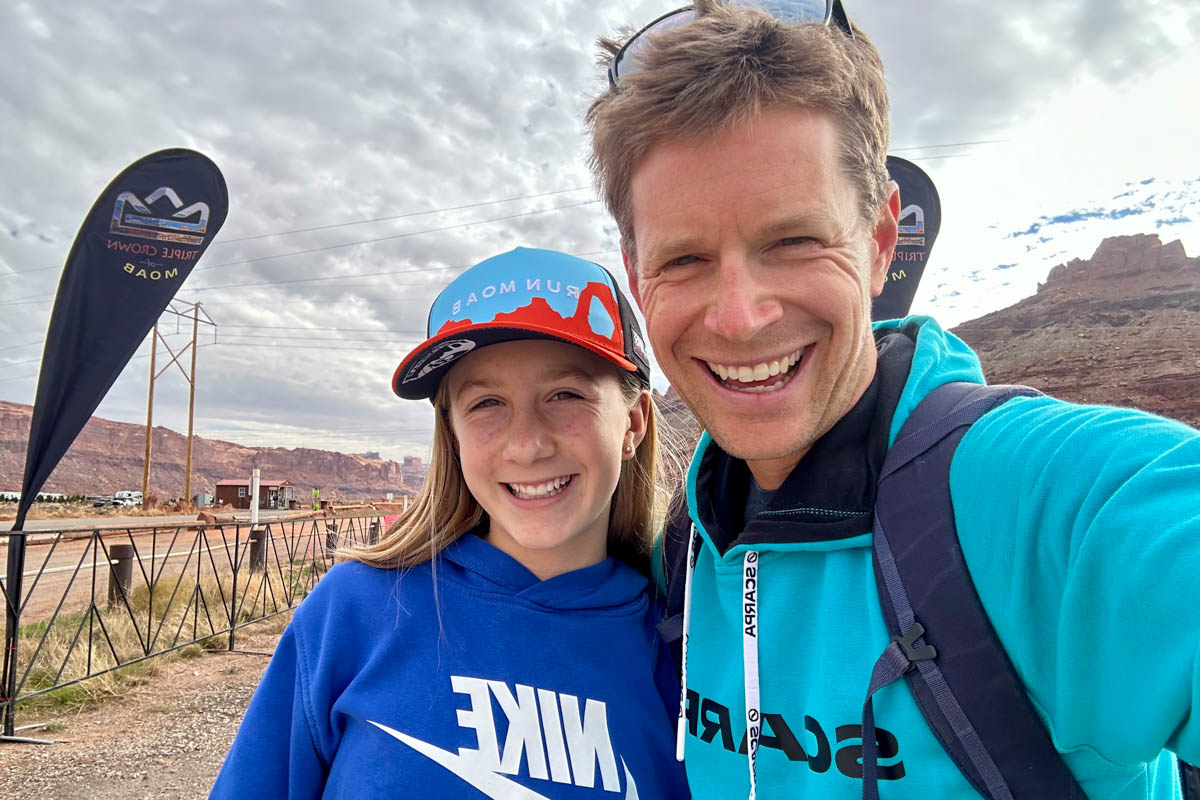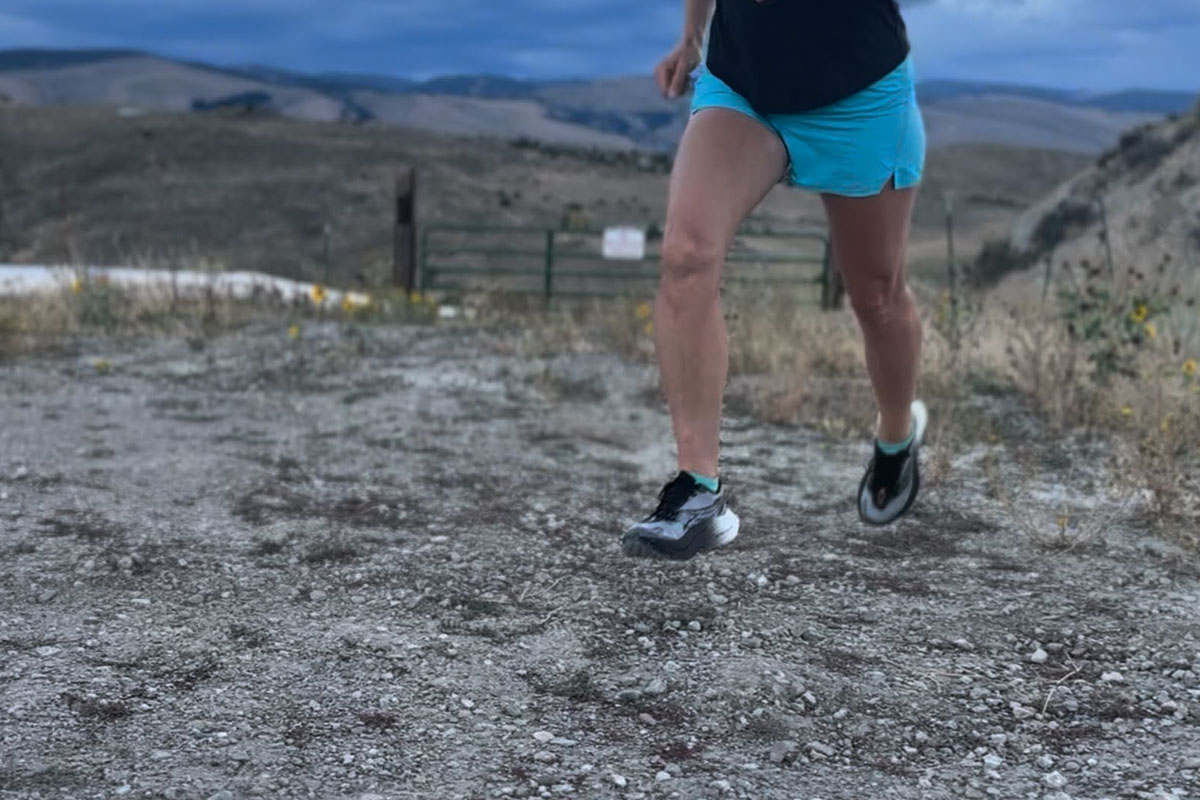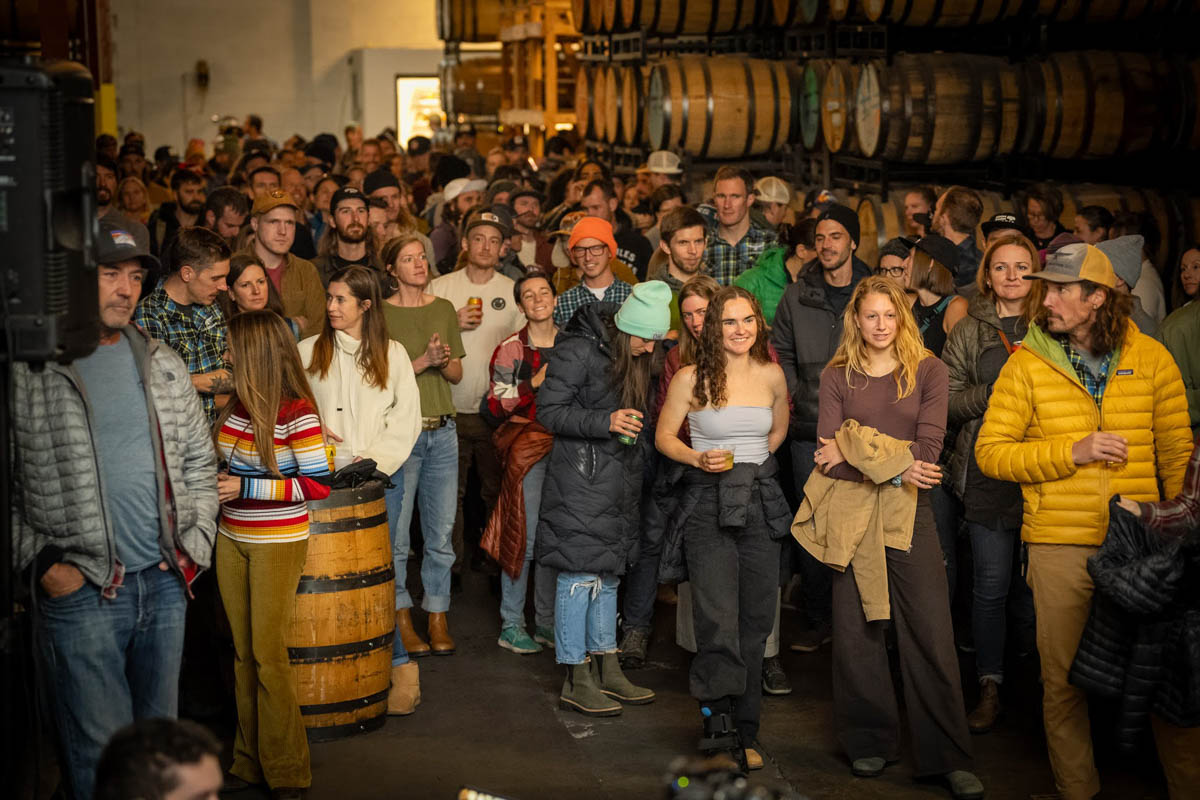In this monthly article series, ultrarunner, race director, and coach Gabe Joyes answers reader questions about anything and everything running. Learn more about this ask-the-athlete column, and be sure to fill out the form below to submit your questions for a future article!
In this article, Gabe answers questions about trail super shoes, eating for optimal running, and planning race schedules in the era of lotteries. Plus, a running fashion question!
Gabe’s Tip of the Month
Make racing low stress. Traveling with a massive group of people or having an enormous crew at an aid station with people dressed in unicorn costumes can be a super fun community experience, but more people mean more personalities, moods, and needs to manage — even if all those people love you and are amazing. I recently raced the Dead Horse 50 Mile with just the support of my 13-year-old daughter, and it was a refreshing balance of fun companionship and simplicity. I can’t prove it, but I believe the good vibes contributed to helping me achieve a new 50-mile PR!
Road Versus Trail Super Shoes
What is the actual difference between some of the newer lightweight trail and gravel super shoes and a road running super shoe? — Julian
As it sounds like you may have already noticed, Julian, not all that much! To be fair, many of the speedy carbon-plated trail shoes on the market have some sort of construction to make them more stable, but stable here is a relative term. Compared to road shoes, this typically means a wider base, slightly stickier rubber, and a bit more aggressive lugs.
From my own personal experience, I have found that these speedy shoes are probably only good for dirt road running and are not really appropriate for the trails — at least in my area in Wyoming. If your trails are more like a buffed-out strip of dirt, then they might work for you, but if your trails require any sort of hopping around or plyometric-type motions, then I’d recommend sticking to an actual trail shoe. There is no point in wearing a mega-fast shoe on trails if they feel wildly unstable and make you tiptoe around with low confidence, as that certainly won’t make you any faster! Anecdotally, I’d also say that wearing carbon-plated shoes for long runs, races, or frequently in training seems to put a real strain on soft tissues in the feet.
So why wear carbon-plated trail super shoes? Just as road super shoes have lowered marathon times, trail super shoes are fast and do have a delightful bounce to them. If you want to feel like you are flying over dirt, or if you are chasing a 50k PR on a smooth course, then these sorts of shoes can definitely help make that happen.
Eating Patterns and Timing
I always thought that the right way to eat was to not overthink it and ate the same things day in and day out. However, after a couple of business trips induced abnormal days of eating, I noticed how much better I perform if I overeat the night before my morning long run. What is the best approach? — Sami
A few years ago, I grossly overate cookies, desserts, and pretty much everything at a holiday party with extended family, and was pleasantly surprised to set a half-marathon PR on a mere training run the next day. My coach had a good laugh about this with me saying, “Sometimes an over-abundance of calories can be a very good thing!”
Your stomach is a great reservoir for energy as well, and I regularly start every long run feeling a bit uncomfortably full for the first hour. To a certain extent, I would say it makes sense to match your eating with your activity level — if you are going to run big, then you had better eat big!
It’s important to be careful here. This advice does not mean to starve yourself on lower-activity days. Your body needs many calories just to function properly on a day-to-day basis, even without exercise, and there is a solid chance your metabolism is still higher than the average person’s if you run regularly. You do not need to earn your carbs either, as they are critical for brain and body function, even on rest days.
From a performance and training perspective, there is limited to no benefit to fasted runs, and I do not recommend them. It is pretty simple — well-fueled running is better running, and better running is better training.
Embracing Lottery Uncertainty
How do you figure out a race season schedule when so much of the racing calendar is now dominated by races that require a lottery for entry? — Kaley
I know you mean, Kaley, as the Hardrock 100 lottery has dominated my life every late autumn since 2013. My kids have even done comically bizarre pagan-like dances around a “hard rock” to increase our lottery odds. It is unclear whether or not this has actually been helpful [Editor’s Note: Of course it’s helpful!]
Lotteries do indeed end in disappointment for most folks, but that doesn’t mean your trail racing season needs to be a wash either. There always seems to be more new and amazing events in the most beautiful of places! I usually run about four to five races or events per year, and by event, I mean some sort of goal or adventure that may or may not be a race. If I am going to show up to a starting line, I like to be in good form, so I’m careful to spread hard efforts out throughout the year. Usually, that looks like one winter event, one spring race, one or two summer races, and usually some sort of autumn event as well. Given that outline, I come up with a few races that fit into each time slot and come up with an “A” list, a “B” list, and so on. Depending on how the lotteries shake out, I adjust the list accordingly.
Here is an example of what my summer list might look like:
| Season | “A” List | “B” and “C” Options |
| Winter | HURT 100 (lottery) | RUFA 24 hours |
| Early Summer | Ultra Trail Snowdownia | Scout Mountain 100 |
| July | Hardrock (lottery) | Ouray 100, High Lonesome 100 (lottery) |
| September | TDS | Dragon’s Back Race, IMTUF 100 |
| Late Fall | Idaho adventure run | Yellowstone adventure run |
Fashion Befuddlement
Why do runners wear tank tops and arm warmers? — Eszter
Some possible answers for you, Eszter:
Probably the most obvious reason for this fashion phenomenon is that so many runners have incredibly over-developed shoulder and upper arm muscles that it is difficult to contain them in a standard running t-shirt.
The human armpit is known for releasing vast amounts of heat and odor — perhaps this airy fashion combo has prehistoric origins? Could it be that some humans are subconsciously attempting to project their aroma and warmth outward in hopes of attracting a potential mate?
Obviously, you can mix and match sleeve and shirt colors, patterns, and materials to create an irresistibly super cute race day outfit. Super cute definitely means super fast.
Some companies’ marketing departments have led us to believe that if you add a layer of fabric to your arms, that somehow that will keep you cooler in hot weather. I’m going to take this advice a step further and wear no fabric on my arms all winter long because I don’t want my arm warmers to accidentally make me too cold in January.
The fact that a runner might begin an early morning race or workout slightly chilled and then need to quickly ditch a layer as their temperature warms up seems too obvious and overly simplistic, and therefore cannot be the correct answer.
I apologize for not having a clear-cut answer for you, Eszter, as this one will go into my file of unsolved mysteries.

Your author, attempting to solve the arm warmers and tank top mystery at the 2019 Leadville 100 Mile. Photo: Quinn Carrasco
Submit Your Questions
Send us your questions! Use the form below or send us a message on Instagram, and we’ll consider your questions for future articles.
Call for Comments
- What are your thoughts on Gabe’s answers this month?
- What pressing running questions have you always wanted answers to?




